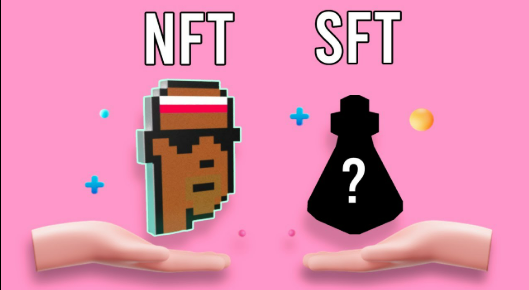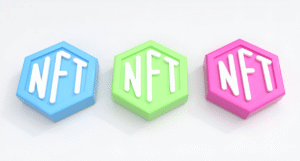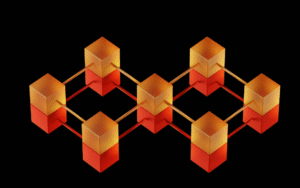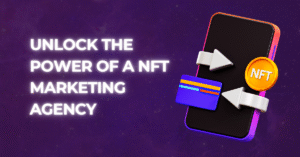NFT vs SFT: Understanding the Key Differences in Digital Assets

Non-fungible tokens (NFTs) and semi-fungible tokens (SFTs) represent different approaches to digital asset ownership in the blockchain space. While NFTs have gained widespread recognition, SFTs remain less understood despite their unique capabilities. Let’s explore the fundamental differences between these digital asset types and their applications.
Non-Fungible Tokens (NFTs): Unique Digital Assets
NFTs (non-fungible token) are one-of-a-kind digital assets that cannot be replaced with something else of equal value. Each NFT has distinct properties recorded on a blockchain, typically Ethereum, that verify its authenticity and ownership.
The uniqueness of NFTs makes them ideal for representing digital art, collectibles, and other items where individuality matters. When you purchase an NFT, you’re buying exclusive ownership rights to a specific digital item, whether it’s a piece of artwork, a video clip, or a virtual real estate plot.
This uniqueness creates scarcity, which often drives value. Famous NFT collections like CryptoPunks and Bored Ape Yacht Club have sold individual pieces for millions of dollars because each token represents something irreplaceable.
Semi-Fungible Tokens (SFTs): Hybrid Flexibility
SFTs occupy the middle ground between fungible tokens (like cryptocurrencies) and non-fungible tokens. They can function as either fungible or non-fungible at different stages of their lifecycle.
Initially, SFTs can be identical and interchangeable (fungible), but they can transform into unique items (non-fungible) based on certain conditions or at specific points in time. This dual nature gives them unique applications that neither purely fungible nor non-fungible tokens can fulfill.
The ERC-1155 token standard, introduced by Enjin, supports the creation of SFTs on the Ethereum blockchain. This standard allows a single smart contract to manage multiple token types, reducing transaction costs and increasing efficiency.
NFT vs SFT – The Deference
Fungibility Characteristics
NFTs are permanently non-fungible. Each token is unique from creation through its entire existence.
SFTs can transition between fungible and non-fungible states. They might start as identical, interchangeable tokens but become unique after specific events or uses.
Technical Implementation
NFTs typically use the ERC-721 standard on Ethereum, which assigns a unique identifier to each token.
SFTs often use the ERC-1155 standard, which can manage both fungible and non-fungible tokens in a single smart contract.
Use Cases
NFTs excel at representing:
- Digital art and collectibles
- Music and media ownership
- Virtual real estate
- Domain names
- Identity verification
SFTs are particularly valuable for:
- Gaming items that transform after use
- Event tickets that become collectibles after the event
- Limited edition products with identical units that gain unique properties
- Subscription services with tiered access rights
Efficiency
SFTs can be more efficient than NFTs when dealing with large collections of similar items that may later become distinct. The ERC-1155 standard allows for batch transfers and reduced gas fees compared to managing many individual NFTs.
Real-World Applications
In gaming, SFTs have proven especially useful. Consider a game where players purchase identical weapon tokens that develop unique characteristics based on gameplay. Initially, these weapons are fungible, but they become non-fungible as players use them, gaining different attributes and histories.
For digital event tickets, SFTs can start as identical admission tokens but transform into unique memorabilia after the event, perhaps containing metadata about the specific experience or offering proof of attendance.
The Future Landscape
As blockchain technology evolves, the distinction between NFTs and SFTs may become increasingly important. Businesses and creators looking to implement digital ownership solutions should carefully consider which token type best suits their needs.
SFTs represent an elegant solution for use cases requiring both mass production and eventual uniqueness. As the digital asset ecosystem matures, we’ll likely see more innovative applications that leverage the hybrid capabilities of semi-fungible tokens alongside the pure uniqueness of NFTs.





